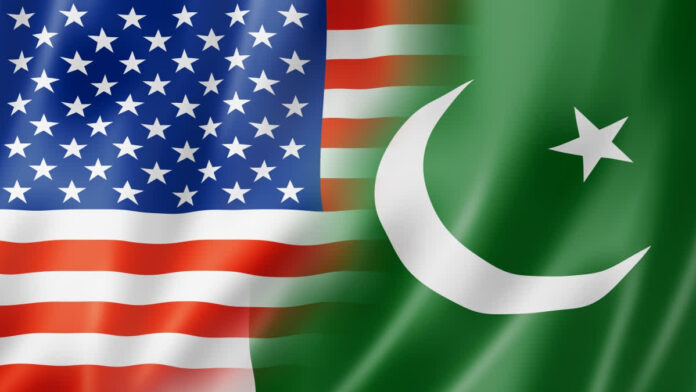The ties between the United States and Pakistan have always been complex—marked by phases of strategic closeness and abrupt estrangement. After years of strained relations, recent developments suggest a subtle but visible renewed proximity between the two nations. This evolving equation raises important questions: Is it driven by shared interests, regional security needs, or shifting global geopolitics?
A Relationship Defined by Fluctuations
-
Cold War Alliances: Pakistan served as a frontline state against Soviet influence, receiving military and economic assistance from Washington.
-
War on Terror: After 9/11, Pakistan became a key partner in counterterrorism operations, though relations were marred by mistrust.
-
US Pivot to India: Over the past decade, America’s strategic tilt toward India appeared to sideline Pakistan, leading to a cooling of ties.
Yet, history shows that whenever American interests demand regional engagement, Pakistan reemerges as a critical partner.
Recent Signals of Renewed Proximity
-
High-Level Diplomatic Engagements: Senior US officials have recently engaged with Islamabad, reflecting Washington’s desire to maintain dialogue.
-
Security Cooperation: Counterterrorism collaboration remains a priority, especially given instability in Afghanistan and threats from extremist groups.
-
Economic Interests: With Pakistan facing financial challenges, the US has expressed support through institutions like the IMF and World Bank.
-
Regional Stability: Washington views Pakistan as a necessary player in managing tensions in South Asia, particularly vis-à-vis Afghanistan and India.
The Geopolitical Drivers
-
China Factor: The US seeks to counterbalance China’s growing influence in Pakistan, especially through the China–Pakistan Economic Corridor (CPEC).
-
Afghanistan’s Fragility: Pakistan’s role in facilitating stability in Afghanistan continues to give it leverage in Washington’s regional calculus.
-
Energy and Trade Corridors: Pakistan’s geographic position makes it strategically valuable for global connectivity and emerging supply chains.
-
Balancing Act with India: While the US deepens ties with India, it cannot afford to let relations with Pakistan deteriorate completely.
Challenges in the Partnership
Despite renewed proximity, several challenges persist:
-
Trust Deficit: Decades of suspicion still overshadow cooperation.
-
Diverging Interests in Afghanistan: Washington and Islamabad do not always share identical goals for Kabul’s future.
-
Domestic Pressures: Anti-American sentiment in Pakistan and concerns in US Congress over democracy and human rights issues add friction.
What Lies Ahead?
The renewed closeness between America and Pakistan is not without limits, but it reflects a pragmatic convergence of interests:
-
For the US, Pakistan remains strategically relevant in a volatile region.
-
For Pakistan, renewed ties offer diplomatic leverage and economic relief.
The real mystery is whether this phase will mature into long-term strategic alignment or remain another short-lived chapter in a cyclical relationship.
America and Pakistan’s renewed proximity is not an accident—it is a response to shifting regional and global realities. While mistrust lingers, both nations recognize that engagement serves their mutual interests. The coming years will reveal whether this renewed dialogue evolves into a sustainable partnership or dissolves into familiar cycles of estrangement.



